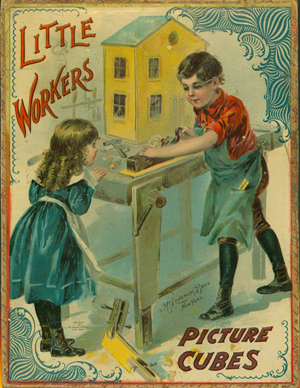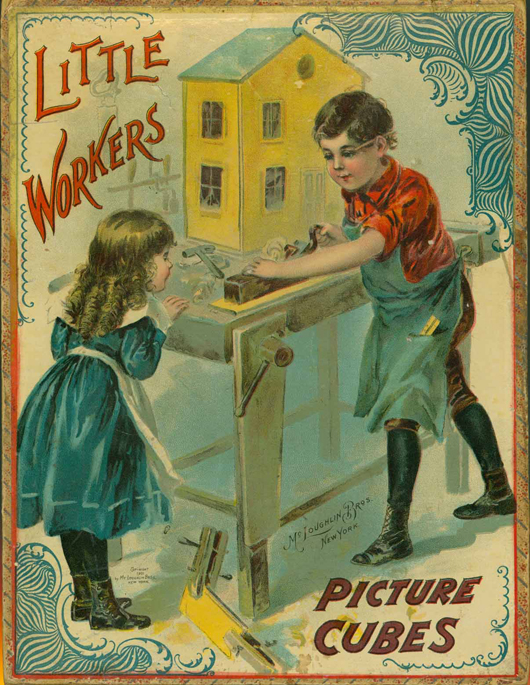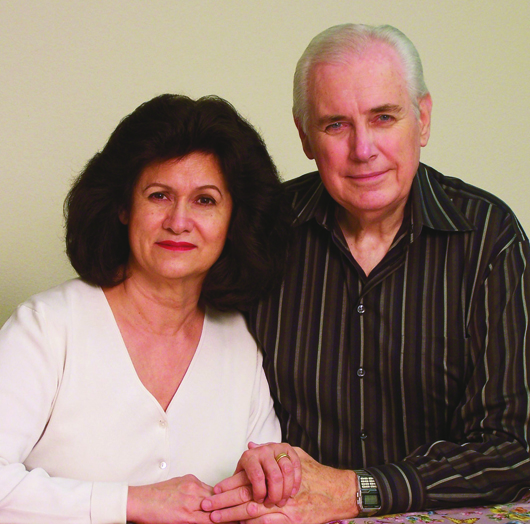
WINTERTHUR, Del. – Winterthur has made the largest single gift purchase in its history with the addition of the John and Carolyn Grossman Collection, one of the most comprehensive archives of period graphic ephemera ever to have been assembled.
On loan to Winterthur since 2008, the Grossman Collection represents approximately 250,000 vividly colored, printed items portraying life in America from 1820 to 1920. Ephemera represents a host of materials designed to circulate in society for only a brief time, including greeting cards, product labels, baseball cards, postcards, scrapbooks, calendars, paper dolls, sheet music, event tickets and more.
“Since printed ephemera typically lasts for such a short time, the Grossmans have performed a heroic task in saving so much of it and making it available to the public through the Winterthur Library,” said E. Richard McKinstry, Winterthur library director and Andrew W. Mellon senior librarian. “Images portrayed on ephemera are sometimes the only ones to have survived that document life in America and other countries a century and more ago.”
The collection documents the methods of lithography and chromolithography and all they represented visually from the early 19th through the early 20th centuries. Images portray the customs, attitudes and ideals of Victorian and Edwardian life: innocent children, garden-fresh flowers, romantic couples, holiday traditions, fashionable women, anthropomorphic animals and cigar-smoking gentlemen.
Among the collection’s treasures is the first commercially produced Christmas card, printed in 1843 in England, along with its printer’s proof. The Grossmans also saved the extraordinary archive of the George Schlegel Lithographic Co., a 19th-and 20th-century business in New York City that specialized in printing cigar box labels.
Winterthur has showcased the collection in its library exhibitions and in the museum’s Yuletide displays. It has been a magnet for students and researchers, especially those interested in Winterthur’s Research Fellowship Program. The graphic materials also have been used successfully in Winterthur’s licensing and marketing efforts.
McKinstry said that having the Grossman Collection permanently housed at Winterthur further solidifies the library’s status as a center for advanced research.
“Winterthur is deeply grateful to John and Carolyn Grossman for making this remarkable collection available not only to scholars, Winterthur staff and our visitors, but also to thousands of researchers, who can now access these materials through the Winterthur Library online,” McKinstry said.
Dr. Katherine C. Grier, a University of Delaware history professor, said the collection enhances Winterthur’s holdings enough to seal its reputation as having “the No. 1 research library in the country for the study of visual culture in America between the 1860s and 1920s.” Grier, a former member of Winterthur’s Academic Programs Department, said the collection gives Winterthur sufficient depth to serve as an unparalleled resource on topics such as the history of printing technology, the history of graphic design, and the history of advertising and marketing.
In relation to social and cultural history, the collection can be mined for information on such topics as: evolving ideals of domestic life, the construction of race and ethnicity, the changing nature of gender identity, the history of sexuality, the history of leisure and sport, the history of childhood, and such topics as foodways, popular medicine and dress.
To learn more about Winterthur’s Grossman Collection, visit winterthur.org.
ADDITIONAL IMAGES OF NOTE




